Figures & data
Figure 1 Time course of the mean values of proteinuria in different groups of N, P, At in experimental nephrosis. N, normal rats (n = 8); P, patient (nontreated) rats that show increase of proteinuria levels after day 6 (n = 11); At, treated group by intramuscular (i.m.) injection of artemether, 5 mg/kg (n = 11). Note: A single intravascular injection of adriamycin (7.5 mg/kg body weight) induced a severe nephrotic syndrome. Onset of i.m. administration of artemether was day 6 (after development of disease). There were significant differences between nontreated (P) and artemether-treated rats (At). p < .05 was considered to be significant.
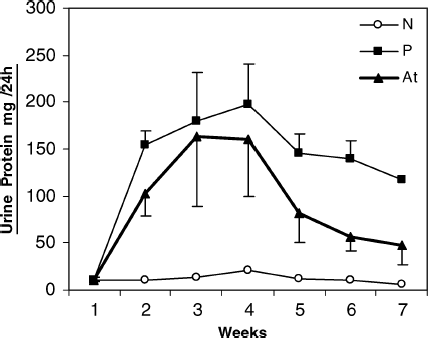
Figure 2 Effect of artemether on urine parameters in groups: N, normal (8); P, patient (11); At, treated rats with artemether (11); and E, experimental healthy control receiving artemether. Each bar represents mean ± SD. p < .05 vs. nontreated. (A) Comparison of antiproteinuric effect of artemether between groups N, P, At, and E at the end of experiment (day 49); At vs. P was significant. (B) Concentration of urine sodium in groups N, P, At, and E; At vs. P was significant. (C) Amounts of urine urea nitrogen in groups N, P, At, and E; At vs. P was significant.
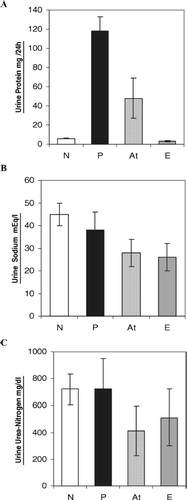
Figure 3 Effect of artemether on serum creatinine in different groups: N, normal (8); P, patient (11); At, treated with artemther (11); E, experimental healthy control receiving artemther (8). Each bar represents the mean ± SD. Treatment with artemether showed a significant reduction in creatinine level compared with the patient group (p < .05).
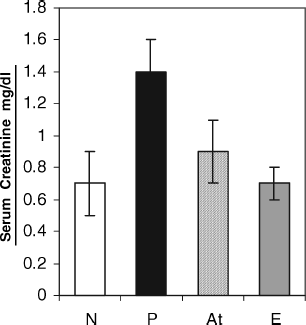
Figure 4 Effect of artemether on serum cholesterol level in groups: N, normal (8); P, patient (11); At, Treated with artemther (11); E, experimental healthy control receiving artemther (8). Each bar represents the mean ± SD. Decrease in cholesterol concentration in group At vs. P was significant (p < .05).
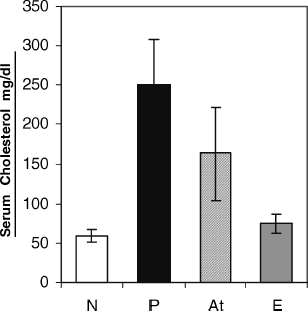
Figure 5 Representative histopathologic slides of kidney specimens of a healthy rat (N), a control rat with adriamycin-induced nephropathy (P), a nephrotic animal treated with artemether (At), and healthy controls receiving ART (E). The rats that had been treated with artemether show significantly fewer signs of glomerular destruction (hematoxyline-eosin; original magnification × 40).
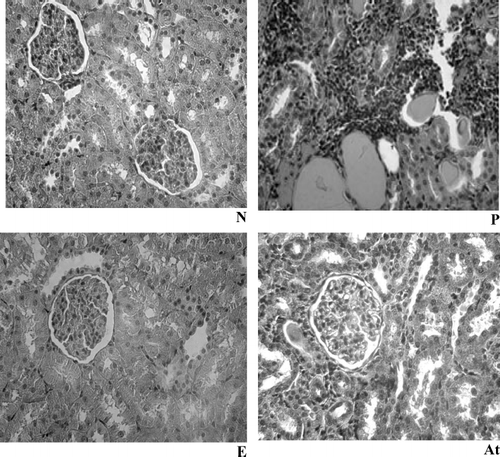
Table 1 Light microscopic findings of kidney histologic lesions in various groups.
Table 2 Effect of artemether on serum determinants.
Table 3 Effect of artemether on urine determinants.